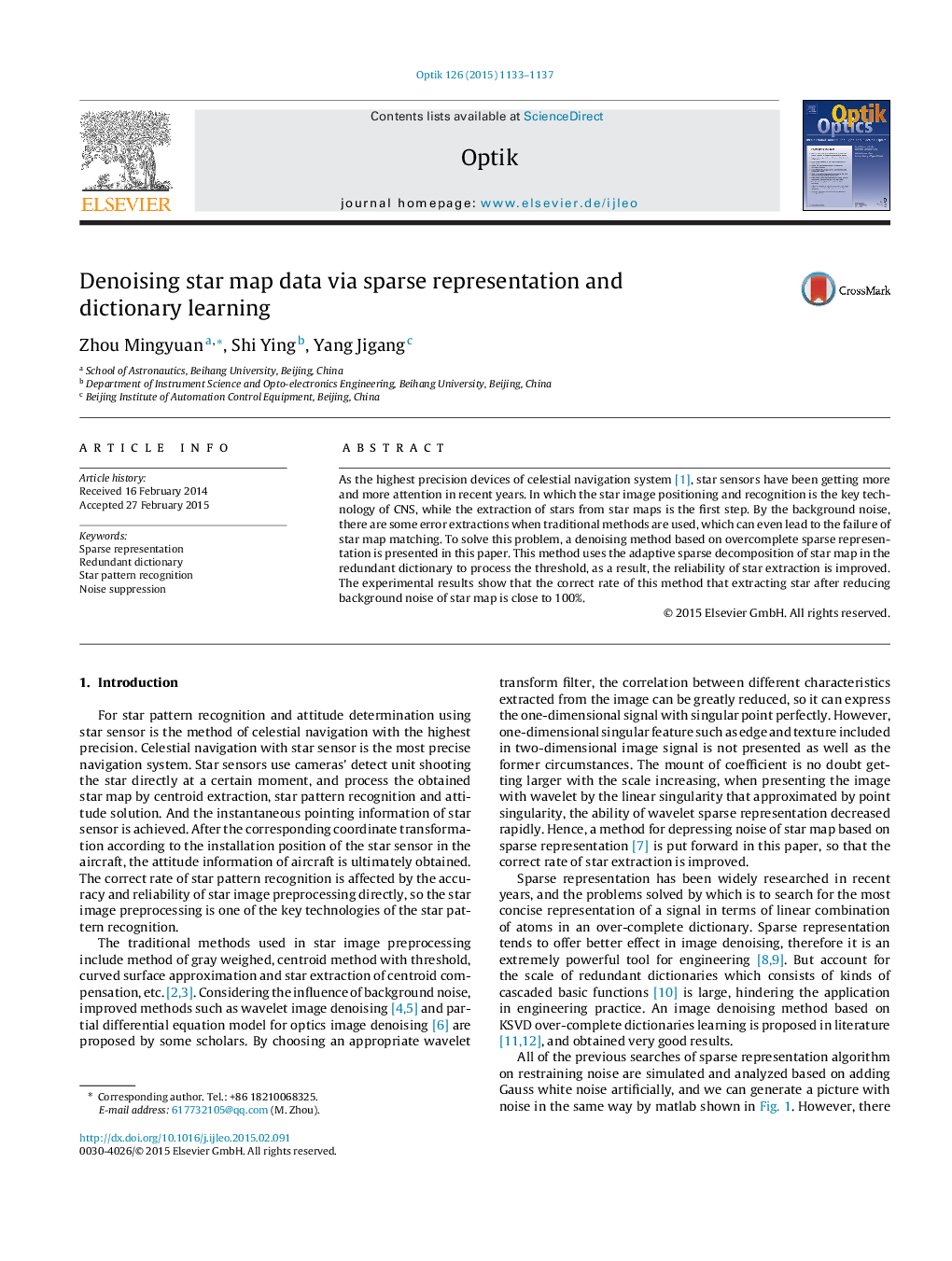| Article ID | Journal | Published Year | Pages | File Type |
|---|---|---|---|---|
| 5827052 | European Journal of Pharmacology | 2015 | 5 Pages |
Abstract
Danshen (Radix Salviae miltiorrhizae) and ChuanXiong (Ligusticum wallichii) are two traditional herbal medicines commonly used in China for the treatment of cardiovascular diseases. The active components in Danshen and ChuanXiong are Danshensu (DSS, (R)-3, 4-dihydroxyphenyllactic acid) and tetramethylpyrazine (TMP), respectively. In the present study, a new compound named ADTM, which is a conjugation of DSS and TMP, was synthesized and its effect on the contractility of rat mesenteric arteries was examined. The relaxation effect of ADTM on rat mesenteric arteries was studied using myography. The effects of ADTM on Ca2+ channels were measured by Ca2+ imaging and patch-clamp techniques. The results showed that ADTM caused a concentration-dependent relaxation of rat mesenteric arteries. This relaxation effect was not affected by the removal of endothelium or inhibitors of nitric oxide synthase, cyclooxygenase, guanylyl cyclase and adenylyl cyclase. Potassium channel blockers including tetraethylammonium, iberiotoxin, apamin, 4-aminopyridine, BaCl2 and glibenclamide also failed to inhibit the relaxation response to ADTM. ADTM inhibited CaCl2-induced contractions and reduced the Ca2+ influx in isolated mesenteric arterial muscle cells. Our results suggest that ADTM may be a novel relaxing agent. Its mechanism of action involves the direct blockade of voltage-gated Ca2+ channels in vascular smooth muscle cells, resulting in a decrease in Ca2+ influx into the cells.
Related Topics
Life Sciences
Neuroscience
Cellular and Molecular Neuroscience
Authors
Rachel Wai-Sum Li, C. Yang, Luchen Shan, Zaijun Zhang, Yuqiang Wang, Y.W. Kwan, Simon M.Y. Lee, Maggie P.M. Hoi, S.W. Chan, Alex Chun Cheung, K.H. Cheung, George P.H. Leung,
